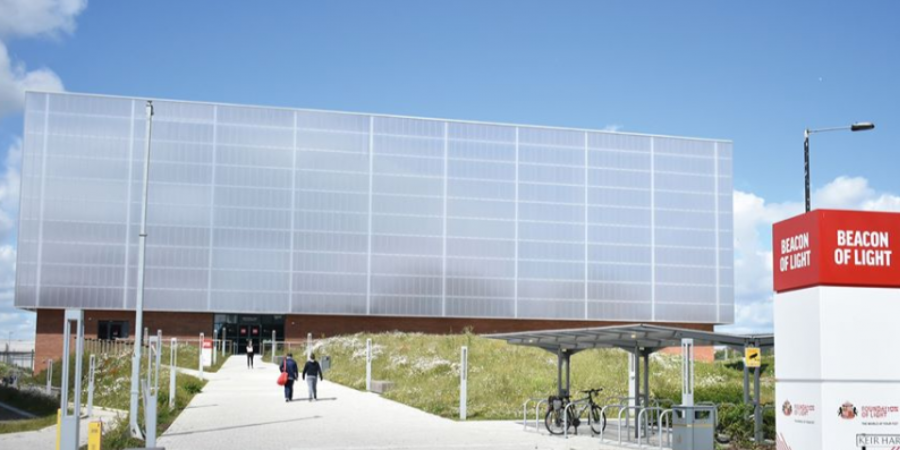
4 Sustainable Advantages of Tensile Fabric Structures
New construction projects are now expected to be sustainable and energy efficient. Increasingly, outdated structures are being renovated utilising eco-friendly, sustainable methods. There are numerous ways to make your building more sustainable, including reducing energy costs and construction waste and specifying recyclable materials. Using these building techniques in a construction project is not only better for the environment, but also business owners and developers will find it cost effective. J&J Carter can proudly say that all our products are manufactured with the environment in mind.

1. Reduce Construction Waste
Investing in new construction isn't always feasible or economical. Although it can be difficult, remodelling an existing structure is a great way to cut expenses and construction waste by at least 20%. Tensile constructions require fewer raw materials and are lighter than conventional building structures. With the lightweight aspect, strength, and versatility; tensile architecture provides a cost-effective technique to modernise an old structure and give it a completely new look and character. It is possible to construct free-span roofs with a minimum amount of supporting steelwork thanks to the material's high strength-to-weight ratio and capacity to withstand harsh stresses. Along with reducing manufacturing-related pollutants, this practice frequently shortens lead times and makes construction more affordable.
2. Longer Lifespans
Tensile fabric structures are extremely strong and weather resistant. They can outlast traditional roofs and don't necessitate the use of extra materials or large construction crews to maintain them. When compared to other buildings, the maintenance required on tensile fabric structures is relatively insignificant with a proactive, rather than reactive, aftercare and maintenance plan. A tensile fabric structure is an all-weather solution that can last for up to 30 years (or more).
3. Weather Control
With J&J Carter you can put the myth that old buildings can't be made more energy efficient to bed. Implementing architectural shading solutions, such as tensile sails, is one of the most effective ways to reduce energy consumption. This enables you to use passive cooling techniques, reduce the impact of solar heat gain, and contribute less to the local urban heat rise without demolishing older structures. If water conservation is important to you, tensioned fabric structures can be designed to capture rainwater and direct it to a storage tank or nearby landscapes.
4. Greener materials
We obtain all our materials from nearby, upstanding merchants whenever feasible to lessen our influence on the environment. When our PVC membranes complete their "end of life" cycle, we properly dispose of each one of them. The membrane is either upcycled, or ground down into tiny pellets and exported for use in manufacturing other products. Tensile fabric structures can help you achieve your aim of LEED certification, which architects and designers may be interested in for their projects.
Make Your Next Project More Sustainable with J&J Carter
At J&J Carter, we provide expertise and support for architects, landscape designers, general contractors, and property owners to develop their custom tensile fabric project ideas. We can help you construct iconic structures that will reduce energy performance, use recyclable and minimal materials, and require little maintenance; a tensile structure is a sustainable long-term choice. Contact our friendly team of experts today to discuss your project in more detail.
